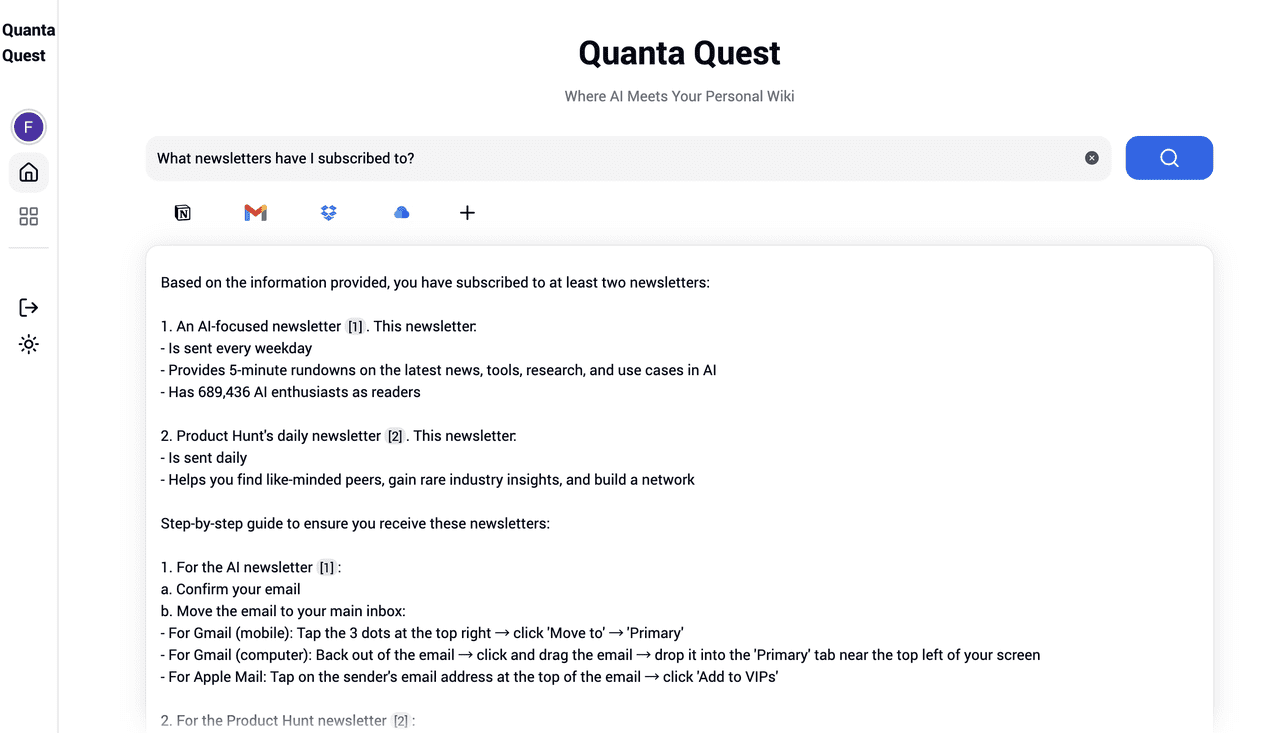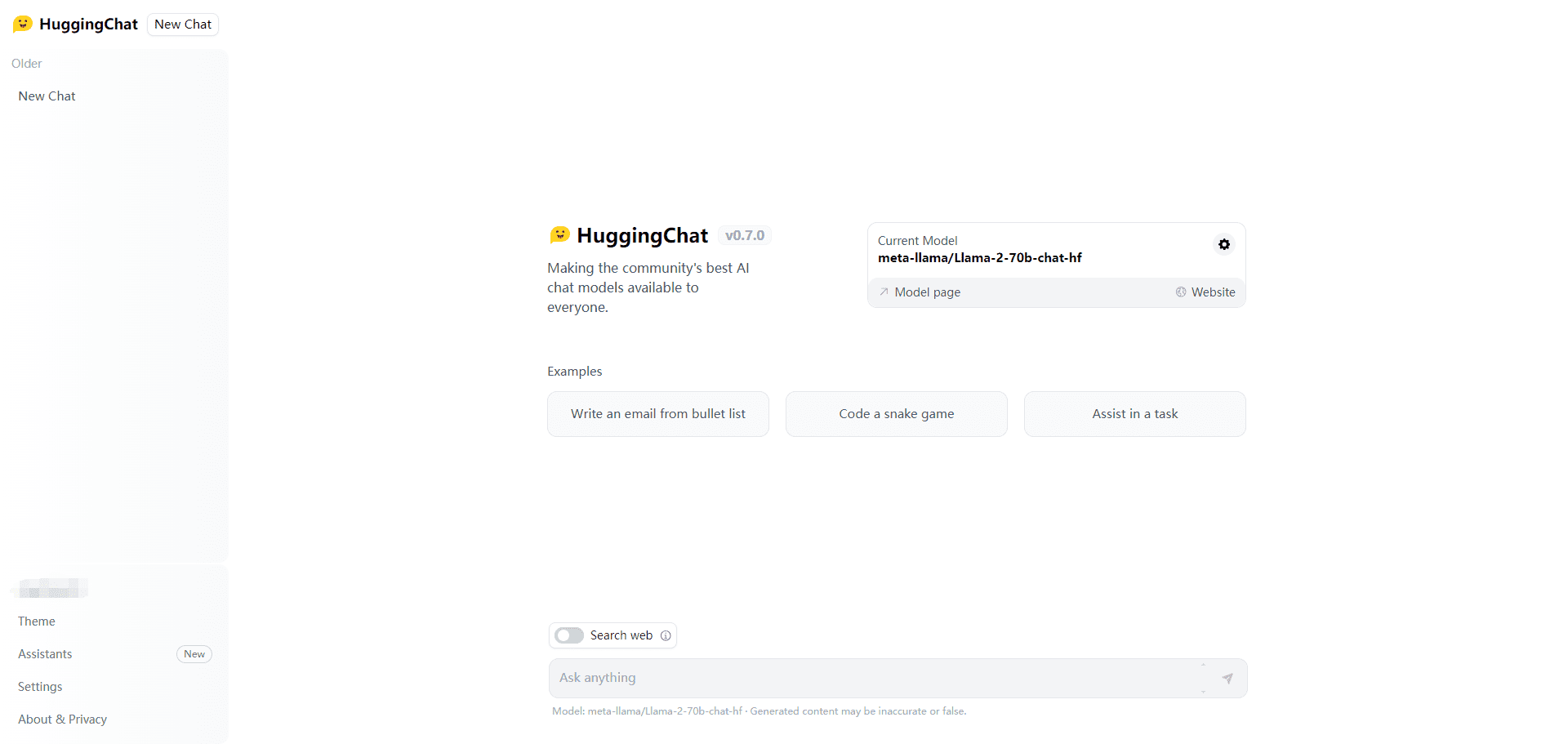Agentarium: managing and coordinating interactions between multiple AI intelligences
General Introduction
Agentarium is a powerful Python framework specialized for managing and orchestrating AI intelligent agents (Agents). The framework provides a flexible and intuitive way to create, manage, and orchestrate interactions between multiple AI agents. It is open source under the Apache 2.0 license and supports Python version 3.10+. Agentarium's core strengths are its advanced agent management system, robust interaction management mechanisms, and scalable architectural design. Through a simple API interface, developers can easily create AI agents with different roles and capabilities and let them interact in customized environments. The framework also provides a checkpoint system for saving and restoring agent state, as well as the ability to generate synthetic data from agent interactions.

Function List
- Advanced agent management: supports the creation and orchestration of multiple AI agents with different roles and capabilities
- Interaction Management System: Provides a powerful mechanism for coordination of inter-agent interactions
- Checkpoint system: enables the saving and restoring of agent state and interactions
- Data generation capability: generating synthetic data through agent interactions
- Performance-optimized design: architecture focused on efficiency and scalability
- Flexible Environment Configuration: Supports the definition of custom environments using YAML configuration files.
- Scalable architecture: easy to expand and customize for specific needs
Using Help
1. Installation guide
Installation of Agentarium is very simple and requires only one line of command:
pip install agentarium
Make sure your version of Python is 3.10 or above.
2. Basic usage tutorial
2.1 Creating and Using Basic Agents
from agentarium import Agent
# 创建代理实例
agent1 = Agent(name="agent1")
agent2 = Agent(name="agent2")
# 代理间对话
agent1.talk_to(agent2, "Hello, how are you?")
agent2.talk_to(agent1, "I'm fine, thank you!")
# 自主行为
agent1.act() # 代理自行决定下一步行动
2.2 Environment configuration
Create a YAML configuration file to set up the environment:
llm:
provider: "openai" # 选择 AI 提供商
model: "gpt-4o-mini" # 选择模型
aisuite: # 配置凭证(可选)
openai:
api_key: "你的API密钥"
2.3 Use of checkpoint systems
from agentarium import Agent
from agentarium.CheckpointManager import CheckpointManager
# 创建检查点管理器
checkpoint = CheckpointManager("demo")
# 创建代理
alice = Agent.create_agent()
bob = Agent.create_agent()
# 记录交互
alice.talk_to(bob, "What a beautiful day!")
checkpoint.update(step="interaction_1")
# 保存状态
checkpoint.save()
3. Use of advanced functions
3.1 Customizing agent capabilities
- Agents with specific capabilities can be created by inheriting from the Agent class
- Decision logic and behavioral patterns of agents can be customized
- Support for adding customized interaction methods
3.2 Data generation and management
- Using Agent Interaction to Generate Training Data
- Save and analyze interaction history
- Export the generated data for other uses
3.3 Extended Development
If you want to contribute code to the project:
- clone warehouse
- Create a new branch (
git checkout -b feature/新功能) - carry out modifications
- Submit Changes (
git commit -m '添加新功能') - Push to branch (
git push origin feature/新功能) - Creating a Pull Request
4. Best practices
- Set clear roles and responsibilities for each agent
- Use a checkpoint system to save important statuses on a regular basis
- Configure environmental parameters to optimize performance
- Record and monitor interactions between agents
- Regularly back up important configurations and data
© Copyright notes
Article copyright AI Sharing Circle All, please do not reproduce without permission.
Related posts

No comments...




